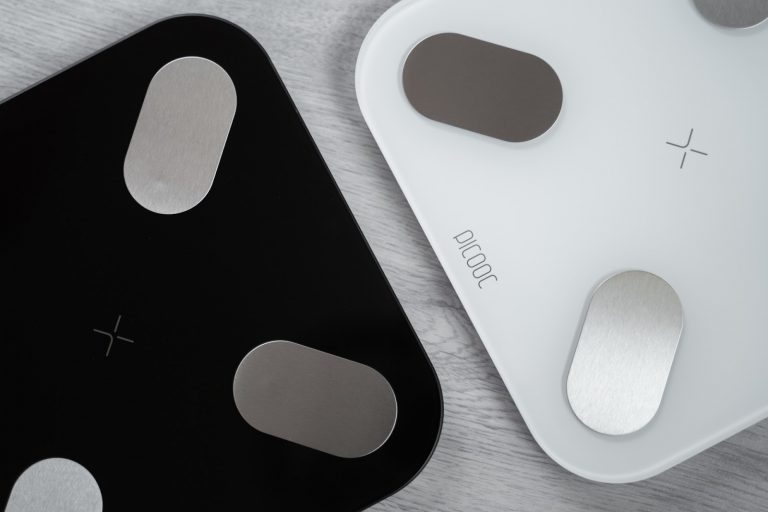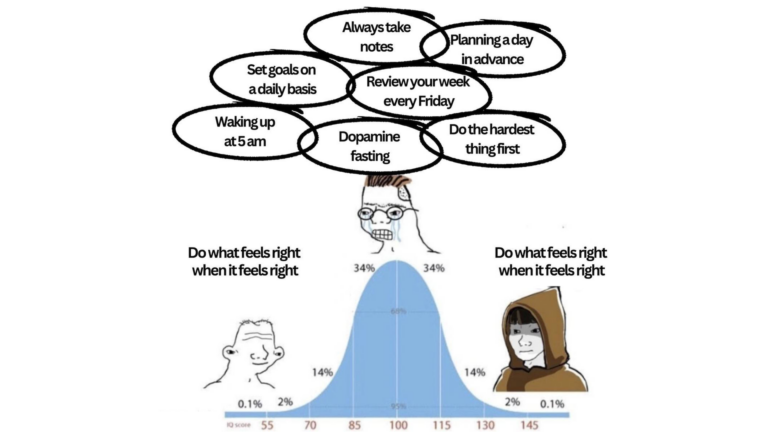3D models in marketing
In this article, I will share a selection of interesting cases and marketing research on the use of 3D technologies in online sales.
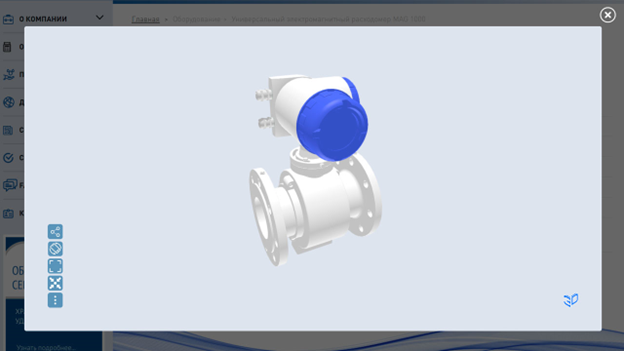
Case with car advertising
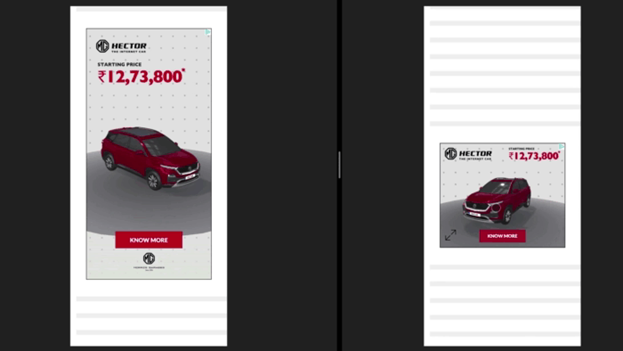
In 2020, British automotive brand MG Motor teamed up with Poplar Studio to create an immersive 3D ad for their new compact SUV, in which viewers could zoom, rotate and view the car from all angles.
Campaign fixed increase in the level of involvement by 8 times compared to conventional multimedia content.
More Here.
Experiment with branded clothing
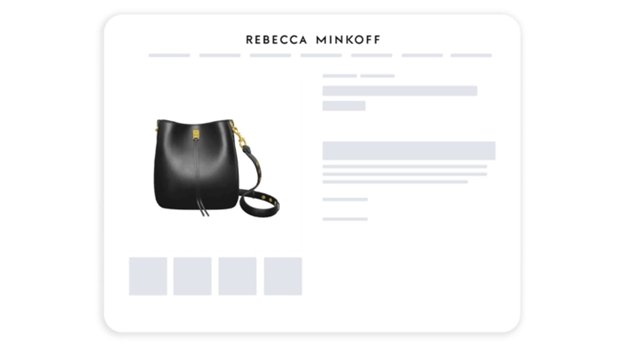
Rebecca Minkoff brand clothing store has implemented 3D models for more than 50 of its products with the ability to show in real environment, changing the way they are displayed on both desktop computers and mobile devices.
The results of the experiment showed that users are 27% more likely to make a purchase when interacting with a 3D model and 65% more likely to buy when viewing a product in augmented reality.
Details read on the Shopify platform blog.
An example of implementing 3D models in a pet store

Gunner has developed 3D models of their dog carriers.
When shopping on a mobile device, shoppers were able to use augmented reality to see how the product would look next to their pet.
As a result:
3% increase in the number of users who put goods in the cart
Purchase conversion increased by 40%
5% reduction in returns
What other insights opened up for business after applying 3D on the site, read here.
A selection of the results of marketing research in the field of 3D solutions for the Internet sales market:
A study by Vertebrae, Facebook’s augmented reality partner, found that retailers who used augmented reality technology during the Covid-19 pandemic saw a 19% increase in customer engagement. In addition, customer conversion rates increase by 90% for consumers who use AR compared to those who do not.
Deloitte stated that 40% of buyers would even pay more for a product if they could test it with AR technology.
According to iPerceptions, 60% of shoppers say that they are more likely to purchase a product in an online store after seeing its three-dimensional image.
Gardner concluded that interactive 3D generated 40% more conversions than traditional marketing.
According to GlobeNewswire research, 60% of shoppers say they want more interactive environments like 3D and AR, and 42% say they will pay more for products that include these elements on the digital shelf.
According to Cappasity, 95% of respondents prefer interactive 3D to video playback.
Columbus reported that when using 3D models instead of 2D images, the average online sales ticket increases by 30%, and by showing customers exactly what they receive, online returns are reduced by 80%.
A/B testing of Svyaznoy showed that the introduction of a 3D review into the product card gave a 7% increase in conversion.
Outcome
Abroad, 3D technologies are already actively used in online retail, moreover, with good benefits for business.
As for our country, I have only come across cases of 360 photos. If someone can share the results of domestic experiments with 3D models, I would be grateful. You can write in the comments to this article.

